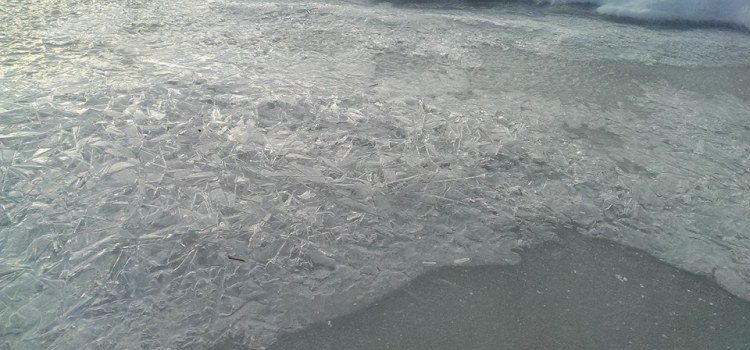A topic I see come up frequently on a Facebook group (Backyard Ice Rinks) I am a part of is shell ice. It is a big pain and there are various methods for taking care of it. So lets get into this.
So what exactly is shell ice? Shell ice is created either naturally or after a resurfacing and is really brittle ice that tends to be formed in small areas from a couple of square inches but can range up to several square feet or more. It is formed when the new water (rain, slush, or from resurfacing) is much warmer than the ice surface and the air temps are really cold/windy. The new water doesn’t have a chance to form a bond with the existing ice, so it creates it’s own layer of ice, thus the shell affect. Using hot/warm water for a resurfacer is definitely better if you have it, but try to avoid resurfacing in extreme cold conditions or extreme hot water as you might be making the right conditions for shell ice.
Well you now know the basics of shell ice, so how does one take care of it? I haven’t found one common theme when researching this topic so I will share the different methods that are suggested.
- One method is to chop this shell ice up completely with something like a heavy duty ice scraper, remove it from the ice surface, and make a couple of resurfacing passes. Some say to fill the areas with snow so that when you resurface it creates a slush that should then freeze.
- You can also use a sharp object, such as an nail, to make holes in the shell ice. Then the next time you flood, water will fill up the empty space in under the thin layer, and if the temp is low enough, it will freeze to form solid ice. This is better than just destroying the shell ice, as very few ice fragments are created this way, which means there is less chance of getting a rough surface when you flood.
- There is more of an extreme method and that is to perform the “bucket dump” method. We will be covering more on that in another post.
Photo credit: Joe Mason

